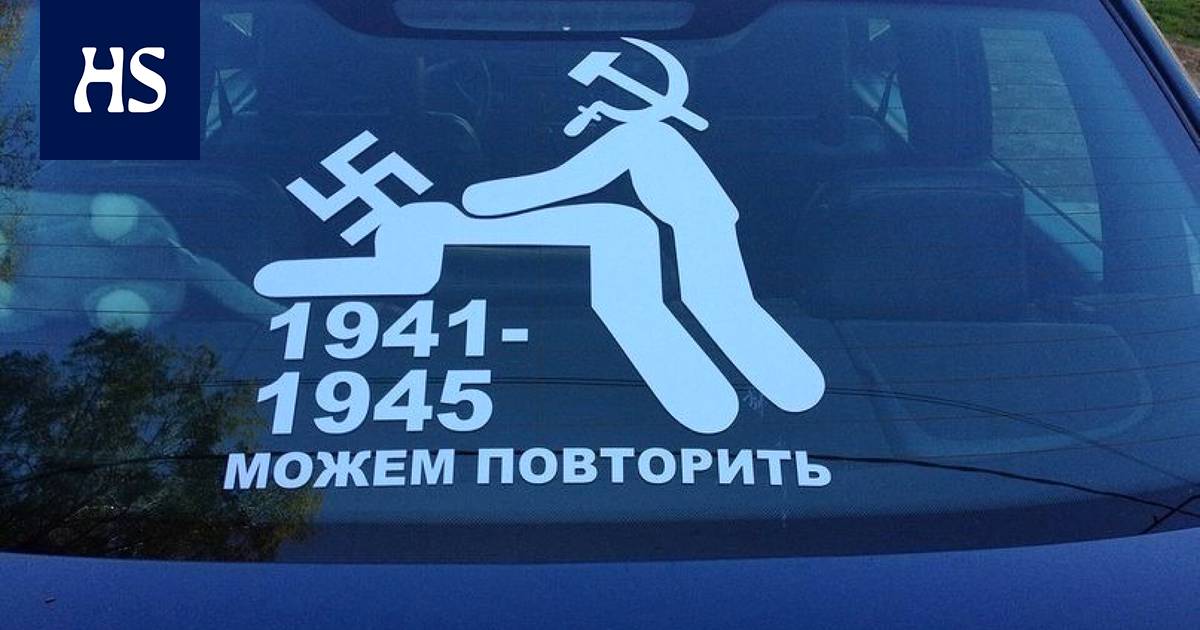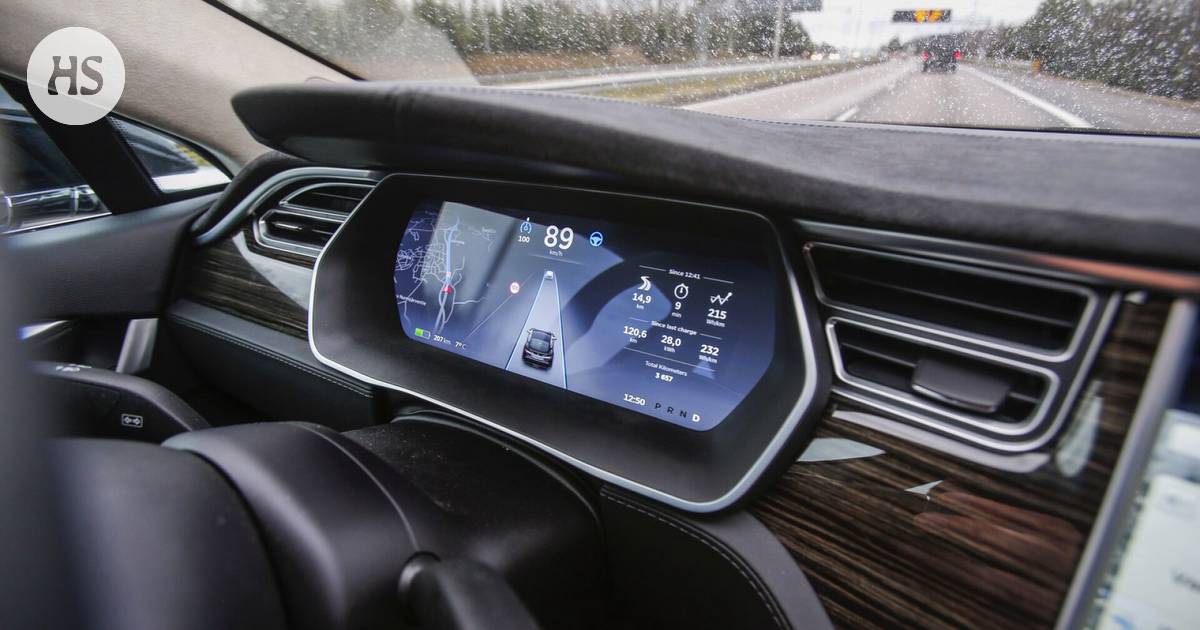May Day 9 is a significant holiday. Then everyone in Russia will celebrate the victory in the Great War and pay tribute to its millions of victims. “Joy in Tears” is the most famous and apt description of today. It is a quote from the well-known Victory Day song, which every Russian has been memorizing since early childhood.
“Spring. Victory Day is near ”
Our ancestors defended the whole world and cleansed it of the Nazis. This is sacred knowledge that will remain in the minds of the Russian throughout his life. There is no disagreement about that.
Significantly, Russian historiography uses two different concepts of war: World War II and, as a significant part of it, the Great Patriotic War. Sure, the difference between them is already taught in elementary school, but still many adults find themselves in a confusing situation trying to explain this difference. The dates of the Great Patriotic War are June 22, 1941-May 9, 1945. In general, the Russians pay little attention to what happened outside of these dates.
A similar attitude can be observed when talking about the roles of other countries in defeating the Third Reich. Of course, everyone knows that the United States, Britain and France were also on the side of the winners. However, the general view was that they only assisted the Soviets in the final stages of the war, when all the solutions had already been made. Operation Overlord that is, the landing of Normandy is known here as the “opening of the second front,” and is only believed to have accelerated the inevitable process.
“
In this country, just about every family lost at least one member in that war.
The country that paid the highest price in World War II was indeed the Soviet Union. More than 20 million victims is an incomprehensibly huge number, but that, too, is only an estimate. No one can ever count the actual number of fallen, but in this country, every family lost at least one member in that war. Those who lost only one can consider themselves “lucky”. And on the roof of the Reichstag in the Berlin parliament, a red flag rose precisely as a symbol of the end of Hitler’s time.
A tribute to the conquest of the German parliament in the final stages of World War II in the rear window of an SUV in St. Petersburg.
No need be a professional historian or political scientist to understand that the shadow of World War II affects the current situation too much. The words “fascist” and “Nazi” are a red garment for Russians. Not everyone can explain the meaning of these words. But if an opinion leader points at someone and calls him a “Nazi,” he doesn’t have to present much evidence – the average Russian is already angry. Many would be ready to fight and die to destroy the Nazis in exactly the same way our heroes did in World War II.
All these feelings are directly reflected in Russian “street art”. Patterns and messages in cars are a very popular way to express personal thoughts and ideas like I told you earlier.
Now is the right time to discuss the slogans of the most ardent: We can do it again! Not only is it vulgar, its true significance is also highly questionable. What are they going to be able to do again? To the fallen? Wounded? Starving?
“
“Gentlemen, what exactly are you going to be able to do again? Can you even imagine what a real war is like? ”
My grandmother was able to survive in Leningrad for all four years of siege. He died in 2017. Until the last days of his life, he was reluctant to talk about those years. He was very kind to all people and nations because the only huge fear in his life was a new war.
“War is a nightmare and the worst thing on this planet. I don’t want any person to have to experience what we had to experience. And I don’t even like to remember those creepy times, but I prefer to enjoy the peace. ”
I’m sure my grandmother would never have been able to understand the premise of the slogan “We can do it again,” let alone accept it.
A 33-year-old man from Moscow, who already performed in 2015 on a popular Russian car site, seems to agree with him. drive2.com the question: “Gentlemen, what exactly are you going to be able to do again? Can you even imagine what a real war is like? Our war veterans still remember those events with tears in their eyes. What is the question of this pathetic practice, and what is the apparent patriotism that this represents? Absolutely every citizen of our country wants peace and hopes that everyone will be alive and well. That parents may have sons and daughters, and that children may have parents. ”
An old pickup truck in Vyborg is decorated with a Soviet flag and a red star.
One or two another example of “street art”. These seem silly rather than violent: to Berlin! ” And: “From the booty of Berlin”.
The first is a copy of a slogan that was widely displayed in Soviet military equipment during World War II. Now it has a bit of the same clang as in Finland in the “To the Square!” Saying after the Lions’ great hockey victories.
The words “from the booty of Berlin,” on the other hand, look pretty weird these days on stickers glued to cars made in Japan or the United States, for example.
The brand of the car is South Korean, the message on the hood is Russian.
This topic the stickers were quite popular in Russia long before the war against Ukraine began. Now cars show a lot of fresh stickers, but it’s hard to say if they’re a way to show support for Z-forces or if they’re related to the usual car make-up on the eve of Victory Day.
However, the huge posters that the administration has put up for the city are apparently not exclusively about the past. Like other places, Peter is colorfully decorated before May 9th, but never before have slogans like “Victory Day is near” been seen. Undoubtedly, the idea is not only to emphasize the approach of the big holiday, but also to feed expectations for a short time from the looming victory in Ukraine.
In a few seconds, the image on a large, digital billboard in the north of St. Petersburg changes to another, where a stout man wearing a military uniform hugs a little girl carrying the Russian flag. “You will be protected” reads in the ad text. It is a visual continuum to the idea that Russia is protecting itself in Ukraine.
“
Can pictures of soldiers who have recently fallen in Ukraine also come to the fore?
The second tradition of Victory Day, which has only just begun in this century, is truly emotional and heartbreaking. The idea of a so-called “immortal regiment” arose at the initiative of ordinary citizens in Tomsk in 2012 and later spread throughout Russia under state control. In these events, the Russians marched with pictures of their relatives who had taken part in the great patriotic war. Even in Finland, several attempts have been made to organize such an event. These are described, for example here, here and here.
The key question today is whether only World War II veterans can be showcased in the “Immortal Regiment 2022” march, or whether images of the soldiers who have recently fallen in Ukraine can also be brought to the fore.
A spokesman for the movement commented To the Fontanka website: “Of course we focus mainly on the heroes of the Great Patriotic War. However, we understand that a lot of time has passed since 1945 and there have been other military conflicts as well. If family members of heroes who have been killed in Afghanistan, Chechnya or just now want to show their respect, they are allowed to take a picture of their hero and join the march. No one says a cross-word to them, because their relatives are also a hero who died for our country. ”
At the current the war in Ukraine has nothing to do with the undoubtedly significant achievements of Soviet citizens between 1941 and 1945. This is shown by the question that has been raised as a comment to the newstells of a 96-year-old man who survived a concentration camp killed by a Russian attack in Kharkov:
“And could I bear the image of a World War II hero who was killed by the current liberators?”
One question that says it all. Nothing to add.
A small sign of patriotism.
In the series Letters from Russia, journalist Mikhail from St. Petersburg and Jan from Moscow, a cultural professional, write to Helsingin Sanomat. For real security reasons, their real names will not be published. Working as an independent journalist is now a threat to perpetrators in Russia that could lead to arrest or imprisonment.
#Letters #Russia #slogan #popular #Russia #refer








